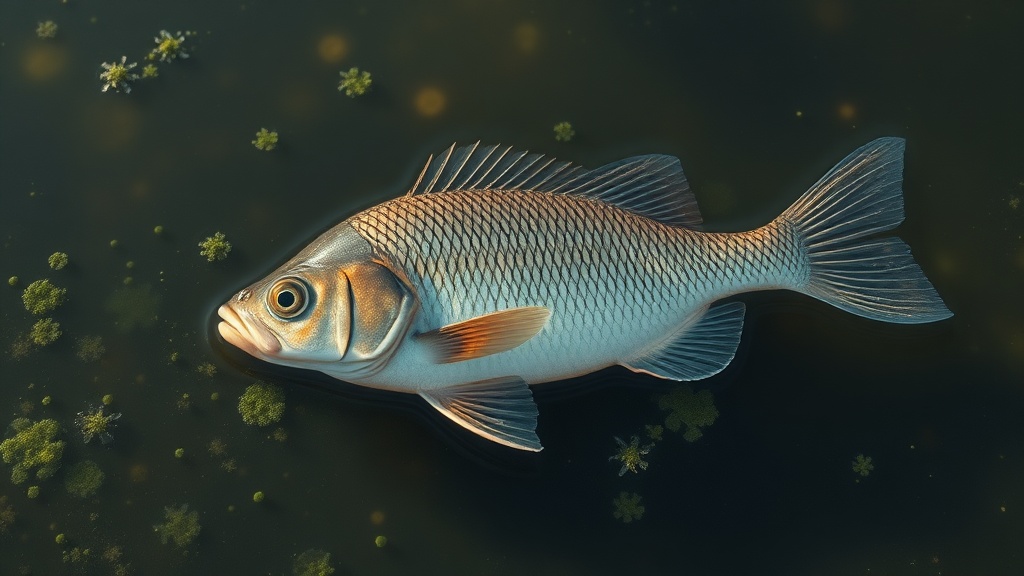Home / Environment / Lake Victoria Fish Farms Face Deadly Threats
Lake Victoria Fish Farms Face Deadly Threats
19 Nov
Summary
- Aquaculture in Lake Victoria is a vital industry for 40 million people.
- Over 1.8 million tilapia died in 82 large fish kills between 2020-2023.
- Poor water quality and drug-resistant bacteria threaten fish farms.

Aquaculture in Africa, particularly around Lake Victoria, has seen dramatic growth, becoming a vital food source and economic driver for millions. This burgeoning industry is now confronted with significant threats, including widespread fish kills and the rise of antimicrobial resistance. These issues risk undermining the sector's sustainability and the food security it provides.
Recent studies revealed that over 1.8 million tilapia perished in 82 large fish kill events on Lake Victoria between 2020 and 2023. Investigations indicate that poor water quality, characterized by low oxygen levels and harmful algal blooms, is the main cause of these mortalities. These conditions create opportunities for opportunistic pathogens to thrive, leading to disease outbreaks.
Furthermore, the misuse of antimicrobial drugs is fueling the spread of resistant bacteria, rendering treatments ineffective. Addressing these interconnected challenges requires integrated solutions, including reducing nutrient runoff into the lake, improving farm management practices, and implementing a One Health approach to monitor water quality and promote responsible drug use.




